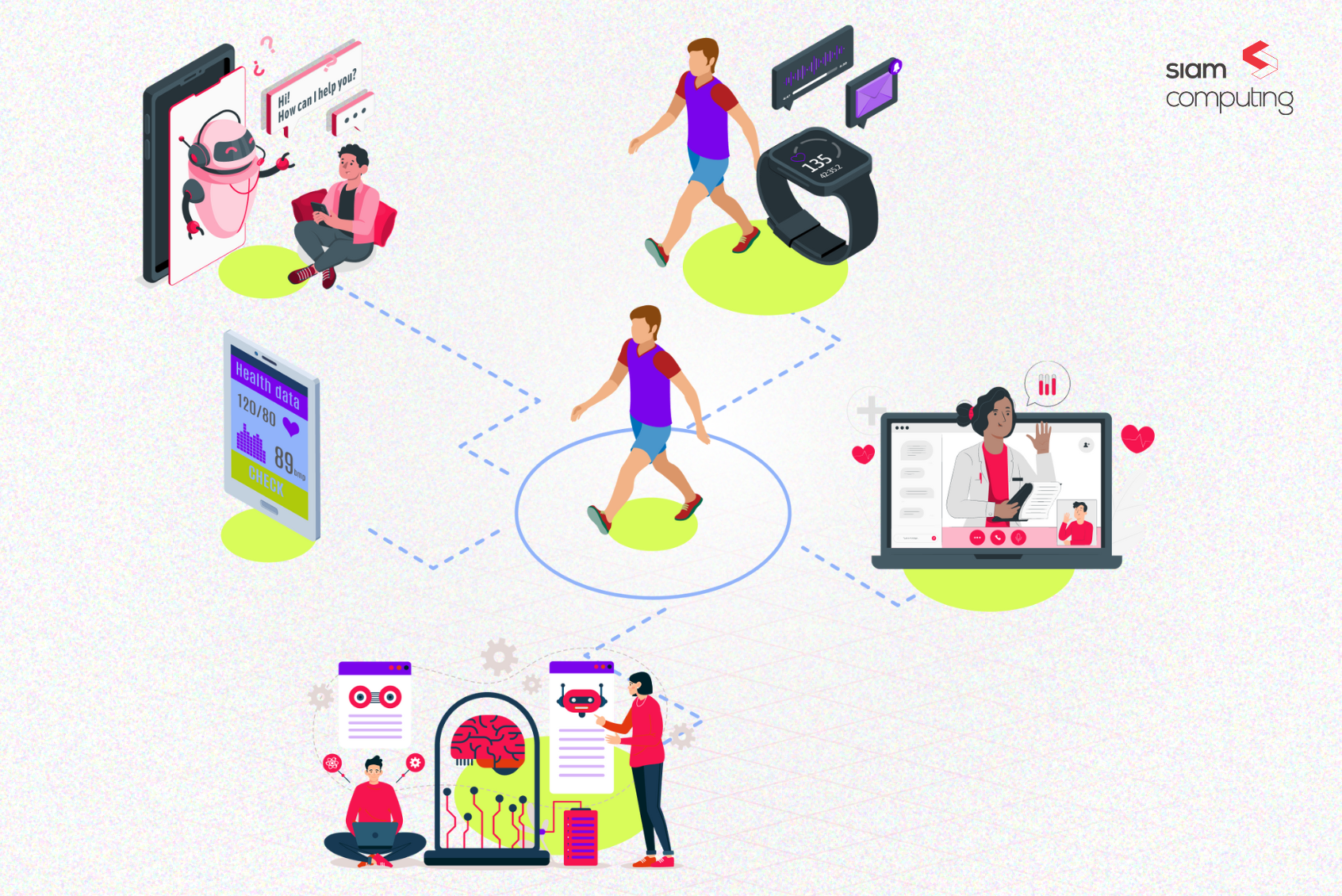As a startup founder, you have your idea and a million things that you want to build. Everything is essential, everything needs to be done and they all need to be done NOW.

There is an infinite number of features that can be added in a product, it’s easy to fall into the trap of over-engineering. But, when a start-up is building a product they are constrained by time, money, and resource availability. There is a constant struggle in trying to figure out what features to build that increase engagement vs increases revenue or increases stickiness or brings in more users. It can be quite daunting to figure it out.
This article will give you an idea of how to figure out the features for your users. We are going to talk about certain frameworks that you can use to pick what features to build.
Feature prioritization is a crucial part of the product development process. Yet, it is the most difficult process as it includes in-depth research, internal horse-trading, market research, and more. It is found that most of the real problem with feature prioritization lies in lack of direction and strategic vision.
Hence, before you move on with the prioritization process, ask yourself three basic questions
- Are your features made without any solid strategy or direction?
- Are you only listening to the loudest stakeholder or biggest customer?
- Are you trying to chase the latest trend or competitive features?
If your answer is yes to any of the above questions or all of them, you are probably prioritizing in an ineffective way.
Step 1: Understanding your user
Understanding your user and his/her needs can be one of the most difficult tasks. However, there is always a way out, isn’t it? User personas are the one way out to understand your user effectively. Building user persona is crucial for a business to understand its users.
Personas are amazing. They offer a host of business benefits that you can dive into. These were first introduced by Alan Cooper back in 1998. In Cooper’s own words,
“You tend to canvas the user community, collect their requests for functions, and then provide them a product containing all of those functions. I call this the sum of all desired features.”
The important goal of creating user persona is to create understanding and empathy with the end-users. If you want your product to be successful amongst your users, you need to study and understand them first.
The personas allow you to dig into the user where you can list not only basic details but also the psychology of the imagined user. It allows you to introduce the product in the user’s everyday life. The explanation sets foals, creates visibility, and helps the team to understand how they can meet the end user’s needs.

Courtesy Cooper
You can follow the below process to build your personas:
- Gathering Data: The first step is to gather all the information and knowledge about your user. You can conduct research or start gathering information from within your organization.
- Structuring the Data: Now, the gathered data needs to be allocated by putting the kind of users and how they differ from each other in a draft format.
- Building a Storyline: You can create a story about how the user will use the product. This step will make your user interact with the product and the brand.
- Describing the personas: Creating the persona description is the most important step where you will describe your typical user. You can add user needs, values, and aspirations here. Also, it will consist of the entire user description including personal details, occupation, needs, and more. Choosing a limited number of user personas will help you to focus on the details. 3-6 number of user personas are ideal where you can go in-depth about their description.
- Sharing the Details: It is important to share the user personas with the entire team so that the user expectations can be matched with the product, and the team can understand the end-user properly.
Step 2: Building a Value Proposition Canvas
Products and services are designed on a daily basis to charge the customer’s life in some or the other way. However, according to research by Simon-Kucher & Partners, 72% of them fail to deliver what is expected by the customers.
The value proposition canvas helps the business to understand their product needs. Basically, the value proposition canvas is divided into two parts: the customer profile and a value map.
The customer profile includes a listing of the jobs that customer needs to get done, pain points, dissatisfaction, challenges, and obstructions. Lastly, the gains that the customers want to achieve such as concrete results and aspirations. The map shows a clear picture of the customers where the pain points, challenges, and obstructions can be studied and resolved by the team.
The value proposition includes the products and services that your value proposition canvas is built on. It comprises of how the product or service helps the consumer to ease their life and relieve a particular pain. The value proposition explains how the products relieve the customer pains and add value to the customer’s life and make it easy.
You can now easily compare the customer profile and value proposition. The map provides you a focused view on what pain points you would like to make changes in. It creates the best fit by focusing on the pains and gains of both sides and find a unique way out.

Courtesy Strategyzer
Step 3: Build Value VS Complexity Quadrant
The value vs. complexity quadrant is a prioritization framework that enables the product team to understand and evaluate the initiatives according to how much value they bring and how complex they are to implement.
It is a straightforward approach in which a team builds a graph or prioritization matrix with axes for “Complexity” and “Business Value.” The graph is then divided into low value, high complexity; high value, low complexity. Next, the team will plot the graph and evaluate each scenario of every initiative’s expected value and required effort.

The above graph explains the various scenarios with their respective complexity and required efforts. The ones marked with green are the possible scenarios with high value and comparatively low complexity. Whereas, the column marked with red represents the scenarios with high complexity and low value which should definitely be avoided.
The ultimate objective of the graph or value vs. complexity quadrant is to uncover the initiatives which are high in value and requires less effort. The ones which are high in value and require fewer efforts represent the top-priority items that can be added to your product roadmap. And the ones with low value and high efforts are better if shelved.
Step 4: Customer Delight VS Function Analysis
Also known as the Kano Model, is one of the many prioritization frameworks that help the product team in designing and implementing their initiatives. The Kano Model enables the team to pull the unique product features for development resources and put it on the product roadmap. The model aims at weighing these features based on two criteria:
- Their potential to satisfy the customers;
- The required investment to implement them.

Image Courtesy: 6sigma.us
The delighter features yield a disparate increase in customer delight with the increasing investment you make. These features are not the ones that the customer miss but once you add them, you can experience a dramatic customer delight.
The satisfiers provide a proportionate increase in customer delight. These features are important for customers when they want to select between you and your competitors. The satisfier features are something that the consumer is looking for in a product. As you increase your investment in these features, you will be able to compete and sustain in the market over a long period of time.
The Kano Model can be used when you are looking for a systematic approach to feature prioritization.
Finishing up
Product development and management can often be a difficult and tedious job. You might find yourself struggling to pull in numerous features in a single product to make it unique. However, following a systematic approach and conducting smart work can really make your task easy.
Your teams are expecting different things and they’re right from their point of view. Your customers are expecting everything from the product and your investors are worried about the costs. Being a start-up, it becomes really difficult to cut costs and increase the profit margin. In this scenario, the best possible way out is prioritizing the product features and follow a practical approach.
We take startup founders through a 2-week discovery process helping them understand how to go about building their product.
This insightful blog post from Siam Computing walks you through the best product development practices. Subscribe to our newsletters and stay updated.








